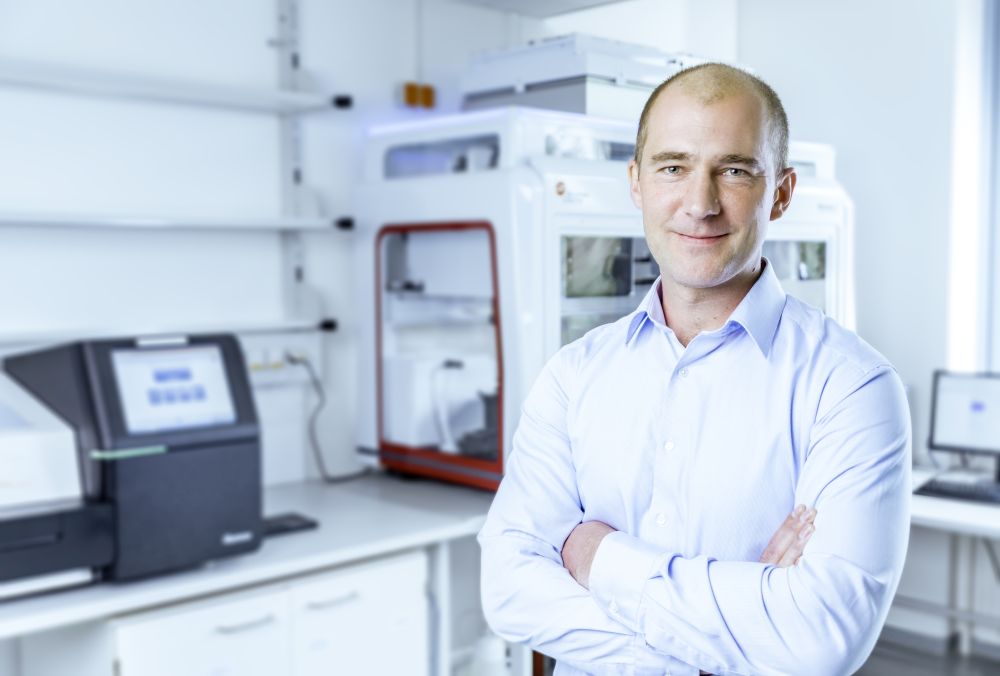Innovative Preclinical in vitro and in vivo Models to Better Understand Tumor Diseases

Preclinical in vitro and in vivo models are relevant tools for understanding (tumor) diseases and for developing new drugs. In order to successfully translate preclinical results into clinical practice, it is essential that in vitro and in vivo models adequately reflect the particular patient and therapy situation.
To develop tailored models for specific questions, we have established procedures for cell expansion from different patient samples. In addition to models from primary tumors, Fraunhofer ITEM particularly specializes in the generation of innovative preclinical cell models from rare, circulating, and disseminated tumor cells. Moreover, we have also established methods for the ex vivo analysis of cell suspensions representing the cellular composition of various patient samples. This allows complex modes of action of modern drugs and interactions between the tumor and its microenvironment to be tested and explored directly with relevant models.
 Fraunhofer Institute for Toxicology and Experimental Medicine
Fraunhofer Institute for Toxicology and Experimental Medicine




